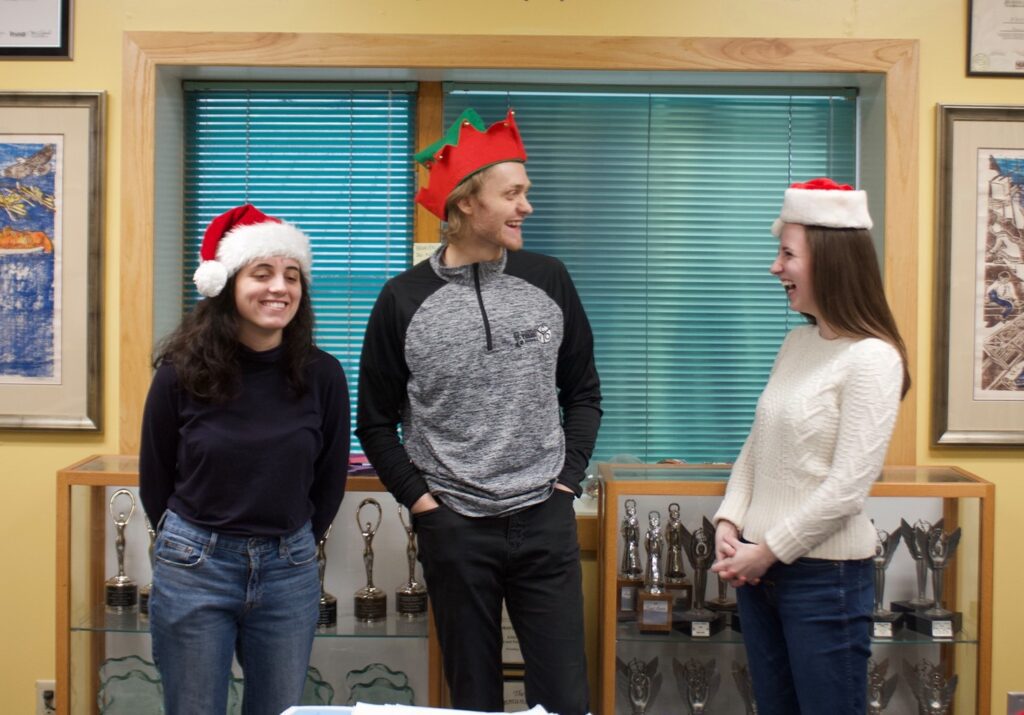Alaska is unique for many reasons, and one of the big ones is just how much food people get from natural or wild sources. Fish, game, and wild greens and berries all make up a substantial amount of the local diet. And with food prices very high in places like Nome, and even higher in communities outside the “hub,” it’s not hard to see why people use the wild food sources as much as possible. After all, it’s how people survived here for ages.
I’m not much of a hunter – I’ve shot a handful of guns in my life, and never at anything alive that could even be considered for dinner – and it takes a lot of special toys to do subsistence work here in western Alaska. For the killing, you’ll need guns, or some fishing gear. You’ll need transportation, like 4 wheelers or snow machines. You’ll need some knowledge of what you’re doing, where the game is, how to get to it and how to get it back home. And you’ll need to know how to dress the recently-shot moose or caribou or what have you. All of this I am fantastically ignorant of. But thanks to a friend who needed some muscle, I was able to do some recreational subsistence by helping him make a big hole in the sea ice and drop in a crab pot.
My friend Charlie’s been crabbing in Nome for a long time; like, since before I was even born. So he has the tools – ice auger, shovels, axe, crab pot, bait, snowmachines to get way out on the ice – to do crabbing right. It all starts with finding a suitable spot (hopefully a freshly frozen opening that’s only a foot or two thick), and getting the spot ready to be drilled.
Once we had our site cleaned up, Charlie took a gas-powered auger – a giant red drill almost comical in size – and drilled a single hole, maybe eight inches in diameter, into the ice until the sea water underneath came spitting up. With my shovel, I cleared away the slush and frazzle ice, allowed Charlie to re-orient the drill to the very outer edge of the new hole, and he drilled again. We repeated this process until we had drilled a ring of eight-inch holes; in effect, giving us a big ring cut through the ice and a huge disc of ice sitting in the middle of our hole.
Rather than lift that giant disc of ice up and out, we pushed it down and under the ice. It really wasn’t too hard to push it down a foot or two with our shovels as Charlie pushed from the side and slid the disc beneath us. That left us with a big, steaming hole in the ice, perfect for dropping a crab pot through.
Our crab pot – ready and baited with some tomcod, if you look closely – is ready to go in.
And there I am, dropping the pot in … probably as inelegantly as possible. Cut me a break, I’m a rookie crabber.
And then … we wait. A few days later, Charlie and I went back out on the ice – once again, thanks to him and his snow machines and tools for making it all possible – and we got ourselves some crab. Charlie showed me how to “disassemble” the crab using nothing more than an upright shovel and a little assisted gravity. I got to keep a few – one had all sorts of interesting growth on his exoskeleton, likely a result of having skipped a molt, and I even found a tiny clam/mollusk/some other kind of bivalve living inside the crab – and brought them home for boiling.
Ready to go in that pot over on yonder stove, it was pretty simple: after boiling some salt water, boil the crab for 12 minutes, and then throw the crab in an ice-water bath as soon as it’s cooked. In just a few minutes, my first stab at subsistence turned into a bright orange pile crab worthy of a feast.
Too bad I don’t have any pictures of the crab cakes or crab chowder that came from it.
Of course, not every KNOM volunteer gets to go crabbing, and this kind of thing doesn’t happen every day. But being able to get fresh Alaskan king crab is yet another unique experience you can have in Nome.













